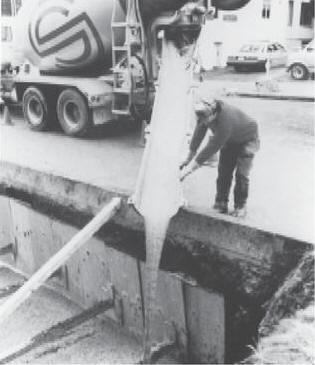

- MAKE FLOWLAYOUT BUT FILL VERTICALLY HOW TO
- MAKE FLOWLAYOUT BUT FILL VERTICALLY SOFTWARE
- MAKE FLOWLAYOUT BUT FILL VERTICALLY CODE
All other trademarks are property of their respective owners. FlowLayout is a simple layout manager that tries to arrange components at their preferred sizes, from left to right and top to bottom in the container. tComponentOrientation ( ComponentOrientation.
MAKE FLOWLAYOUT BUT FILL VERTICALLY CODE
The following code snippet applies the Left to Right components orientation to the experimentLayout. Qt and respective logos are trademarks of The Qt Company Ltd. Select either the Left to Right or Right to Left option and click the Apply orientation button to set up the component's orientation.
MAKE FLOWLAYOUT BUT FILL VERTICALLY SOFTWARE
The documentation provided herein is licensed under the terms of the GNU Free Documentation License version 1.3 as published by the Free Software Foundation. The default spacing for sublayouts, when the parent is a QLayout, will be determined by querying the spacing of the parent layout.ĭocumentation contributions included herein are the copyrights of The default spacing for top-level layouts, when the parent is a QWidget, will be determined by querying the style. SmartSpacing() is designed to get the default spacing for either the top-level layouts or the sublayouts.

Return static_cast (parent) - >spacing() See Also: clone() insets public Insets insets. BOTH: Make the component fill its display area entirely. Return pw - >style() - >pixelMetric(pm, nullptr, pw) VERTICAL: Make the component tall enough to fill its display area vertically, but do not change its width. Int FlowLayout ::smartSpacing( QStyle ::PixelMetric pm) const We start off by looking at the constructor:

doLayout() lays out the layout items, while the smartSpacing() function calculates the spacing between them. We also declare two private methods, doLayout() and smartSpacing(). These functions add items to the layout and handle their orientation and geometry. We reimplement functions inherited from QLayout. Int smartSpacing( QStyle ::PixelMetric pm) const Int doLayout( const QRect &rect, bool testOnly) const QLayoutItem *takeAt( int index) override Void setGeometry( const QRect &rect) override QLayoutItem *itemAt( int index) const override Qt ::Orientations expandingDirections() const override Void addItem( QLayoutItem *item) override Other than that caveat, if you needed to know about how set a Java FlowLayout to flow, and also to set its horizontal and vertical spacing properties, I hope this is helpful.Explicit FlowLayout( QWidget *parent, int margin = - 1, int hSpacing = - 1, int vSpacing = - 1) Įxplicit FlowLayout( int margin = - 1, int hSpacing = - 1, int vSpacing = - 1) Without writing some code, I honestly have no idea what LEADING and TRAILING actually do. TRAILING - each row of components should be justified to the trailing edge of the container's orientation, for example, to the right in left-to-right orientations LEADING - each row of components should be justified to the leading edge of the container's orientation, for example, to the left in left-to-right orientations RIGHT - each row of components should be right-justified LEFT - each row of components should be left-justifiedĬENTER - each row of components should be centered Here are the definitions for those align properties from the FlowLayout Javadoc: Here’s what the FlowLayout constructor arguments look like:įlowLayout(int align, int horizontalSpacing, int verticalSpacing)
MAKE FLOWLAYOUT BUT FILL VERTICALLY HOW TO
This code shows how to create a Java FlowLayout that flows left and has horizontal spacing of ten pixels and vertical spacing of five pixels:įlowLayout flowLayout = new FlowLayout(FlowLayout.LEFT, 10, 5)


 0 kommentar(er)
0 kommentar(er)
